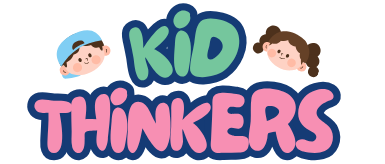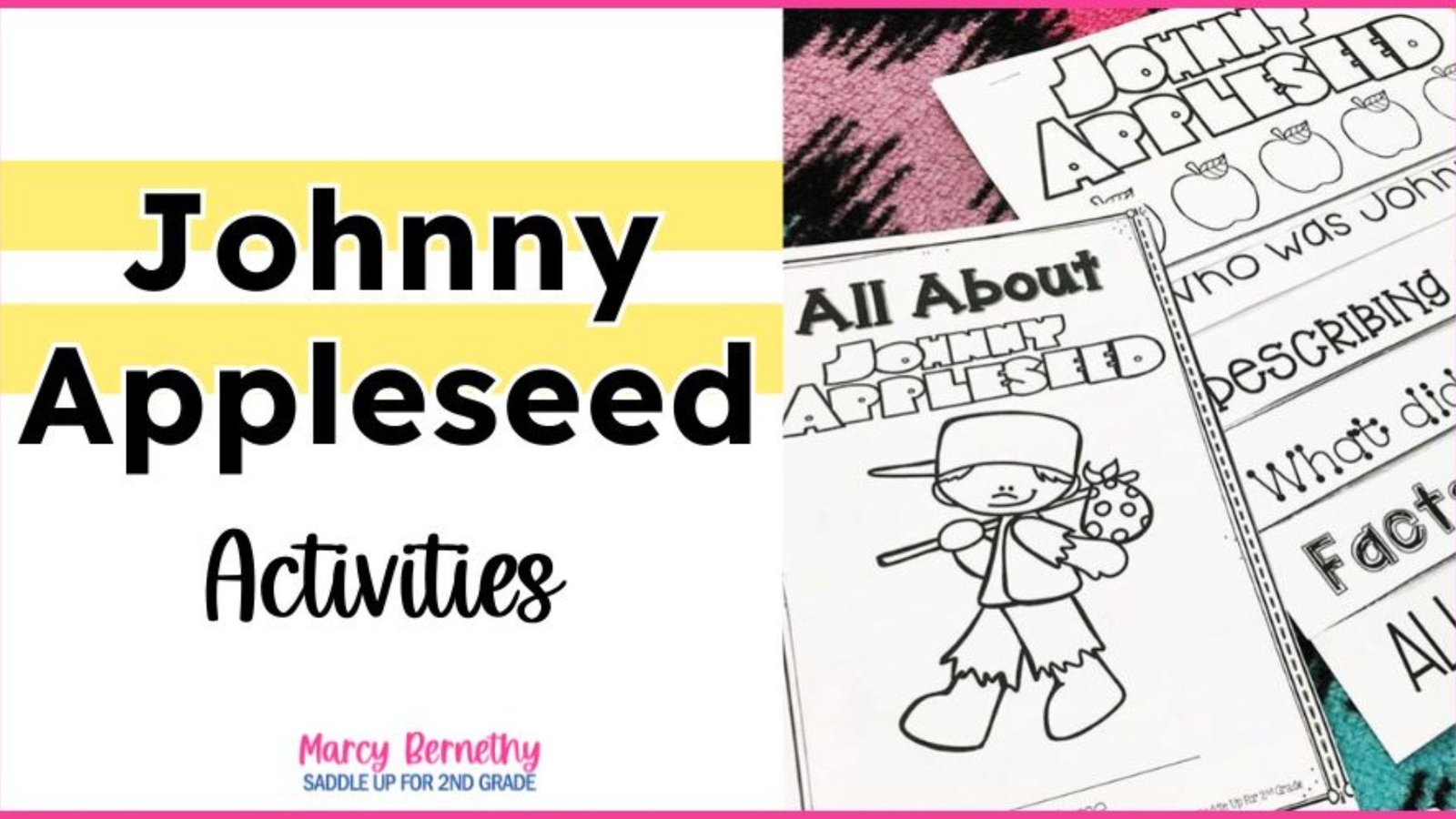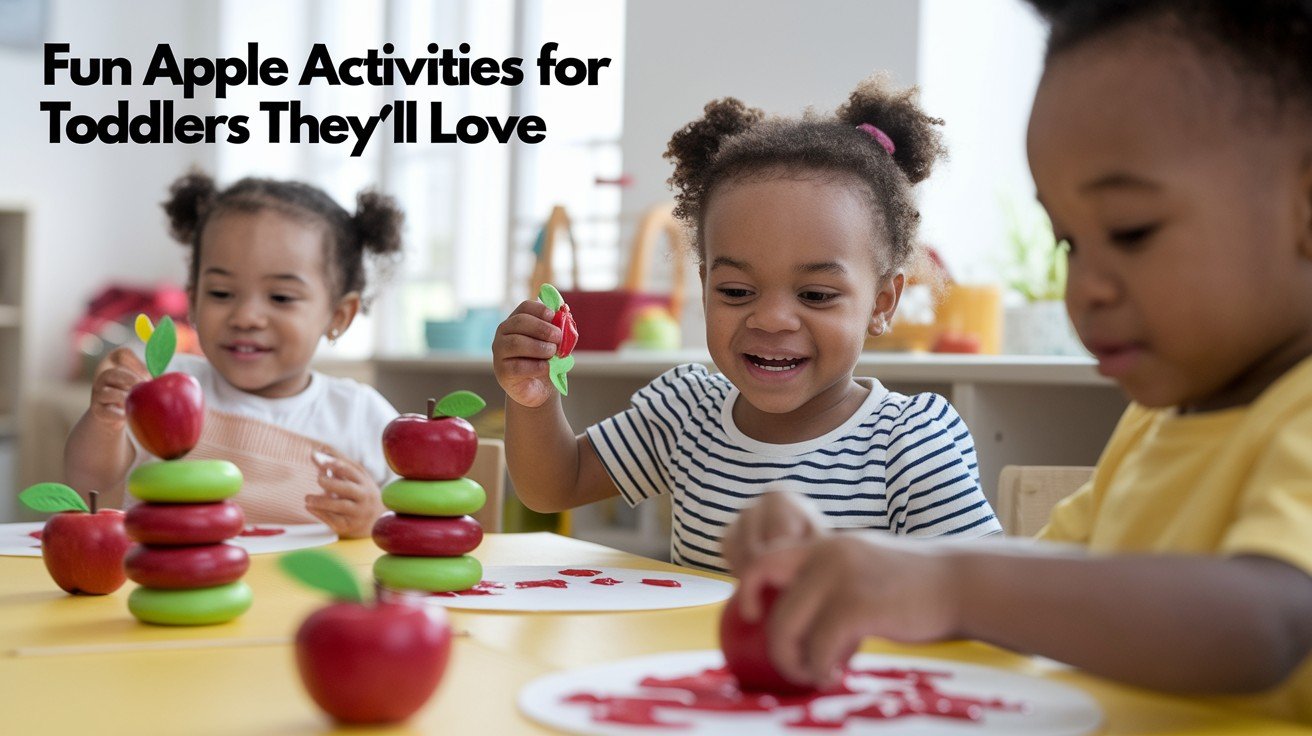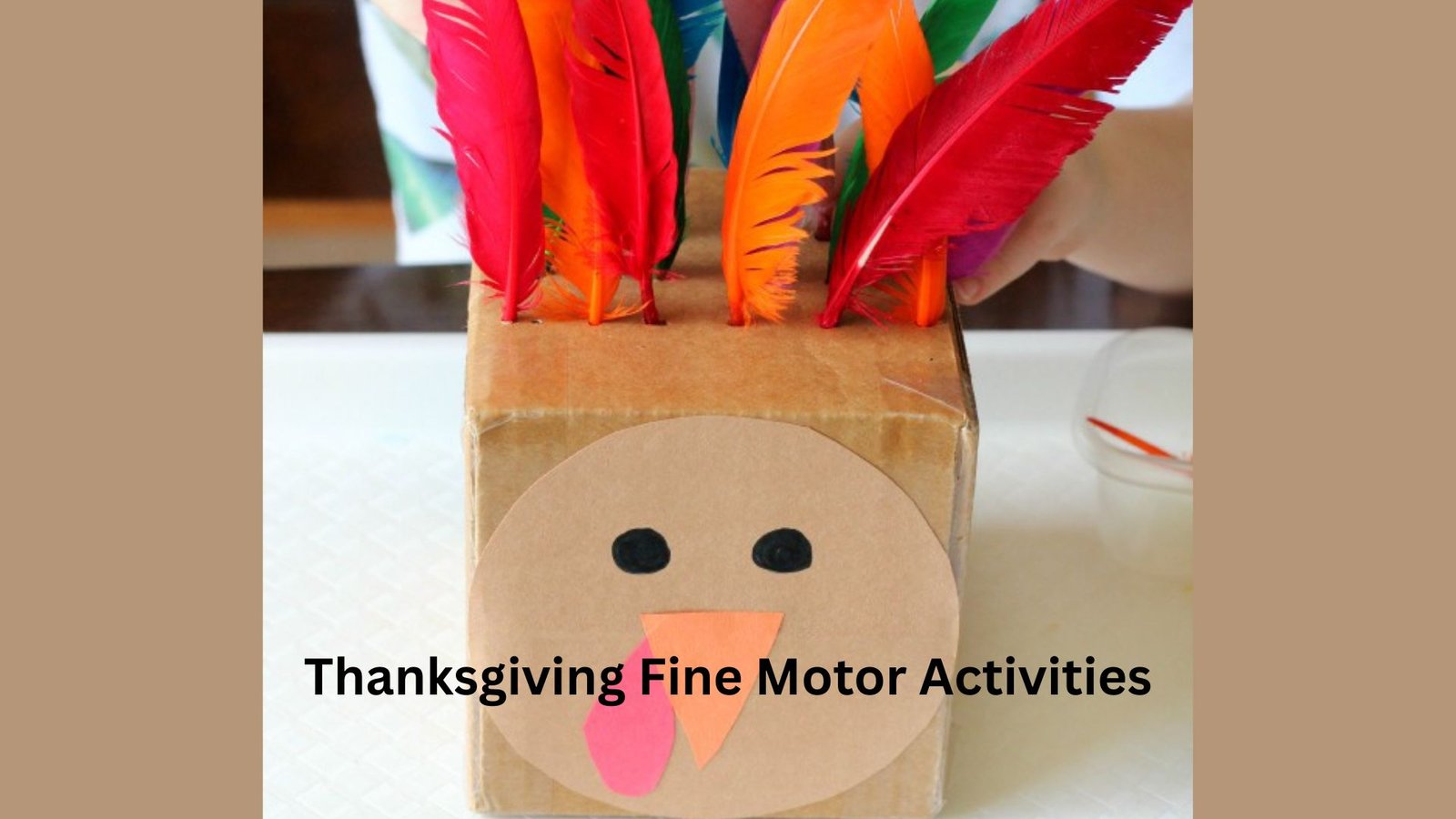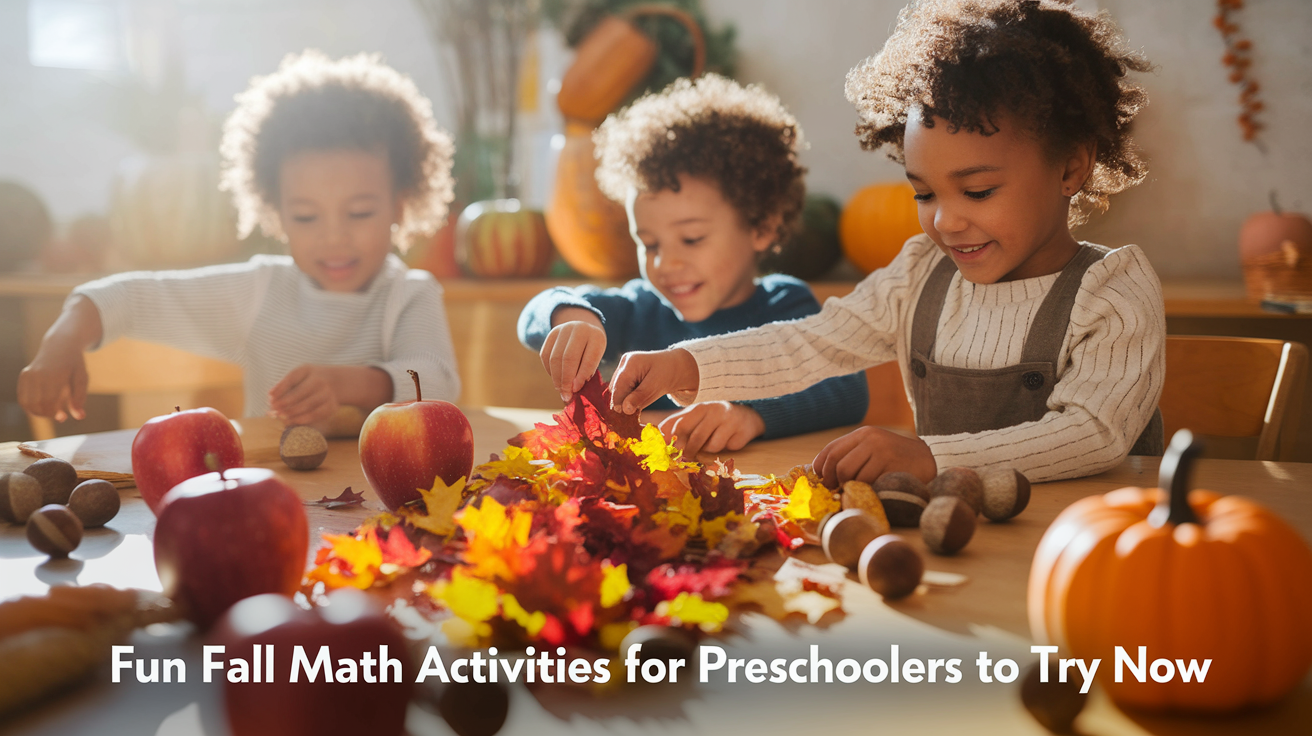In this blog, ever wondered about how an American legend became a man who planted apple trees? About Johnny Appleseed, activities bring history to life through fun, hands-on learning. Kids do actually enjoy this method here.
Johnny Appleseed is more than just apples. Kindness, conservation, with the small actions are things for which he teaches children. His life is honored in schools because he mixed American history and vital morals. He also cares for the environment and acts with generosity.
These activities can work perfectly for classrooms, homeschools, or family fun. Here are some easy ways to honor this folk hero with science or crafts. The best part? Everyone finds celebration easy and affordable because most activities use materials available at home.
Understanding Johnny Appleseed: The Man and the Legend
Separate fact from fiction while keeping the inspiring story intact for young learners.
Who Was Johnny Appleseed?
John Chapman was born in 1774 in Massachusetts. He became known as Johnny Appleseed because he walked across Pennsylvania, Ohio, and Indiana planting apple tree nurseries. Unlike the barefoot wanderer from stories, the real man was a smart businessman who sold trees to settlers.
His apple trees weren’t for eating fresh; they produced tart apples perfect for making cider, a common drink in those days. Chapman traveled ahead of settlers, planting nurseries that would be ready when families arrived. This clever planning made him both helpful and profitable.
The legend grew bigger than the man. People added magical elements, saying he talked to animals and never felt cold. While exaggerated, these stories capture something true. His unusual dedication to trees and generosity toward people and nature made him genuinely remarkable.
When Is Johnny Appleseed Day?
September 26 marks the main celebration because it’s Johnny’s birthday. Schools across America use this date for Johnny Appleseed activities, combining history lessons with fall festivities. The timing works perfectly since apples ripen in autumn anyway.
Some communities also recognize March 11, the anniversary of his death in 1845. This secondary date gives teachers flexibility if September schedules feel too packed. Either way, the celebration honors the same values of conservation and kindness.
Why do schools care about a man who planted trees 200 years ago? His story teaches environmental stewardship, entrepreneurship, and generosity, all values we want children to develop. Plus, hands-on apple activities make learning fun, creating positive associations with history and science.
Quick Johnny Appleseed Activities to Try First
Start with these quick wins that require minimal prep but deliver maximum engagement and learning.
Apple Math (Counting, Measuring, Graphing)
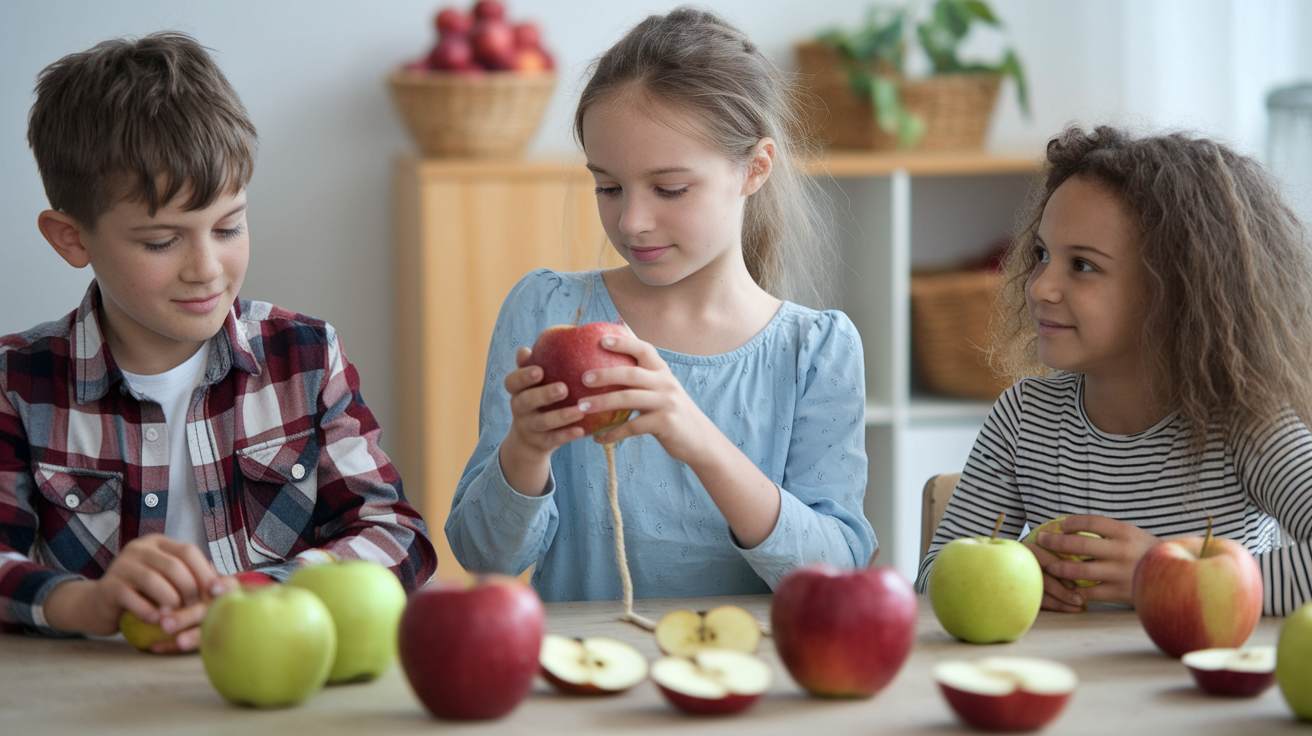
Grab a few apples and turn snack time into math time. Kids can count seeds, measure circumference with a string, or weigh different varieties on a simple scale. This hands-on approach makes numbers feel real instead of abstract.
Create a class graph showing favorite apple types. Red Delicious, Granny Smith, or Honeycrisp let students vote and plot the results. You’ll teach data collection while discovering taste preferences, making math feel purposeful and connected to their world.
Even young learners benefit from Apple Math. Sorting by color, creating patterns, or simple addition with apple counters builds foundational skills. The tactile experience helps concepts stick better than worksheets alone ever could.
Apple Boats Science Experiment
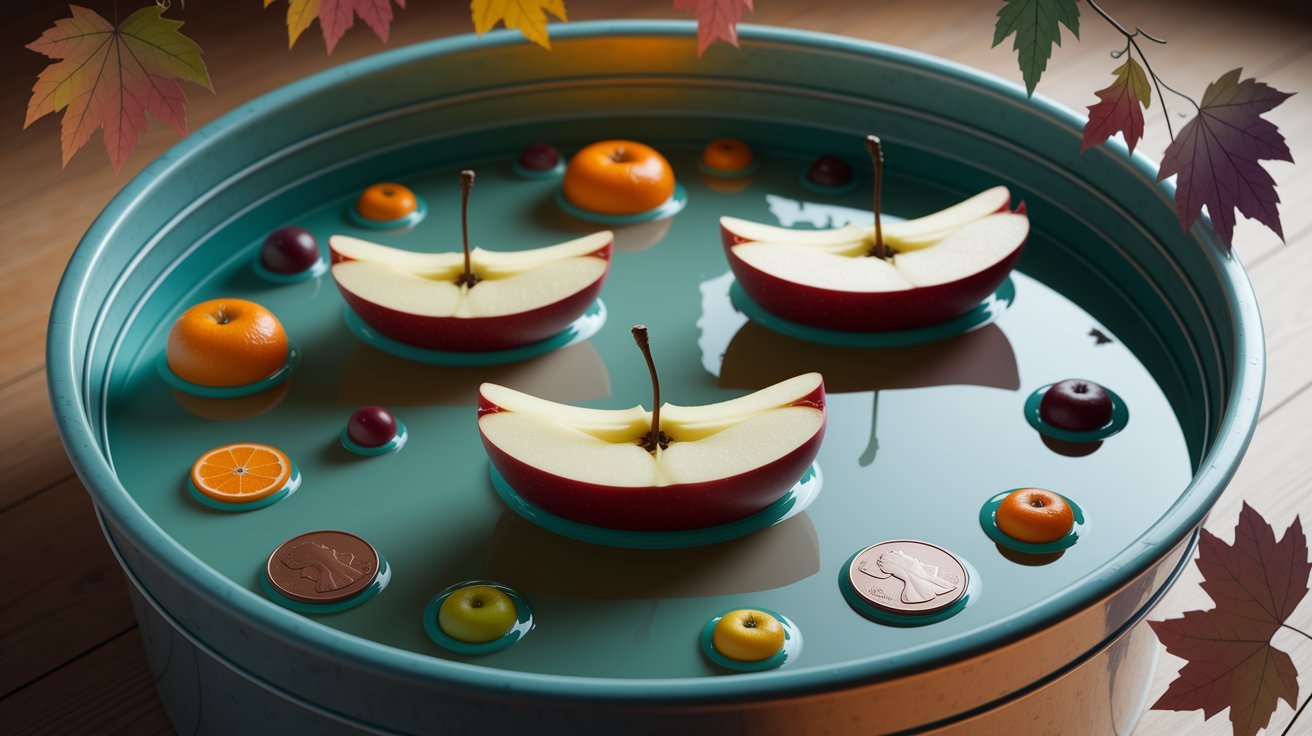
Will an apple float or sink? This simple question launches an amazing science lesson.
Cut apples into different shapes: boats, cubes, and slices, and let kids predict what happens before testing in water.
The surprise comes when they learn apples contain 25% air, which explains the floating. Students can experiment with adding cargo (pennies or small toys) to see how much weight each apple boat holds. This teaches density, buoyancy, and the scientific method through play.
Take it further by comparing apples to other fruits. Do oranges float? What about grapes? Kids develop critical thinking skills as they form hypotheses and test them. The messy fun makes the science memorable long after the lesson ends.
Apple Crafts (Stamping, Paper Plate Apples, Dried Apple Garlands)
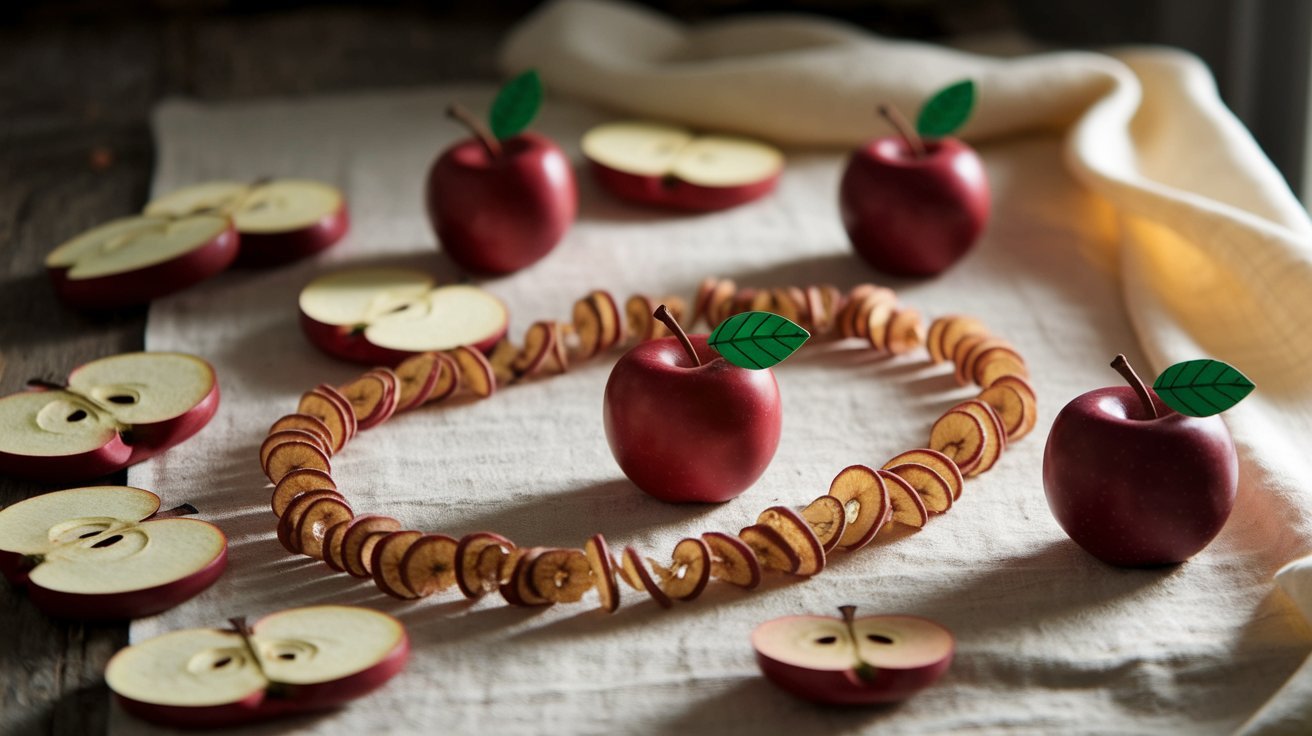
Apple stamping creates beautiful art with minimal supplies. Cut apples in half, dip them in paint, and press them onto paper. The natural star pattern inside delights young artists while developing fine motor skills and color recognition.
Paper plate apples work great for preschoolers. Red plates become apples with brown stems and green leaves added from construction paper. Kids practice cutting, gluing, and following directions. Display these on classroom walls to brighten the space with student work.
Dried apple garlands combine art with science. Slice apples thin, soak in lemon juice, then let air dry for several days. String them together for decorations that smell amazing. This project teaches patience and preservation methods used throughout history.
Bobbing for Apples (Fun Group Play)
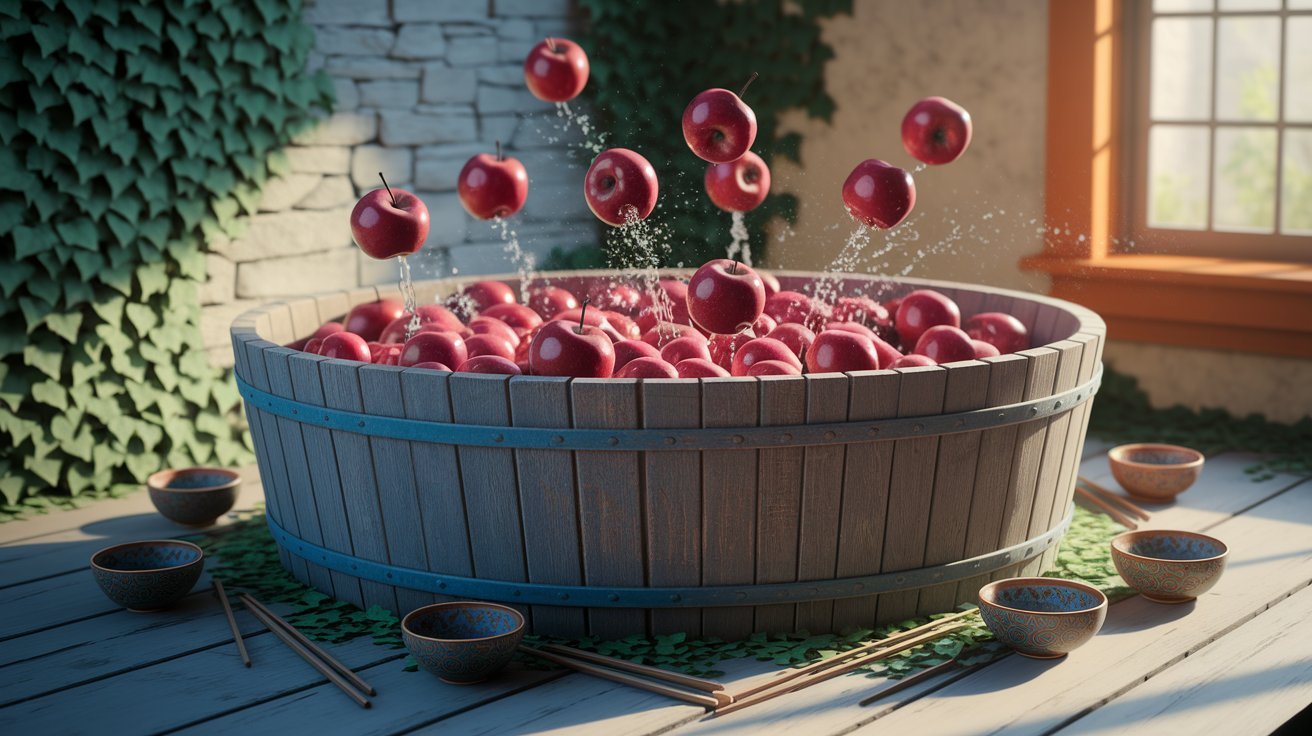
This classic game brings laughter to any Johnny Appleseed celebration. Fill a large tub with water and floating apples, then let kids try catching them with only their mouths. The challenge creates hilarious moments and friendly competition.
Make it educational by adding rules. Maybe students must name an apple variety before their turn, or share one Johnny Appleseed fact. This sneaks learning into the fun, reinforcing lessons while everyone plays together.
Consider alternatives for germ-conscious settings. Individual bowls, using hands to grab bobbing apples, or fishing for apples with chopsticks, all work great. The goal stays the same: active fun that connects to Apple themes and builds community.
Reading Apple-Themed Books
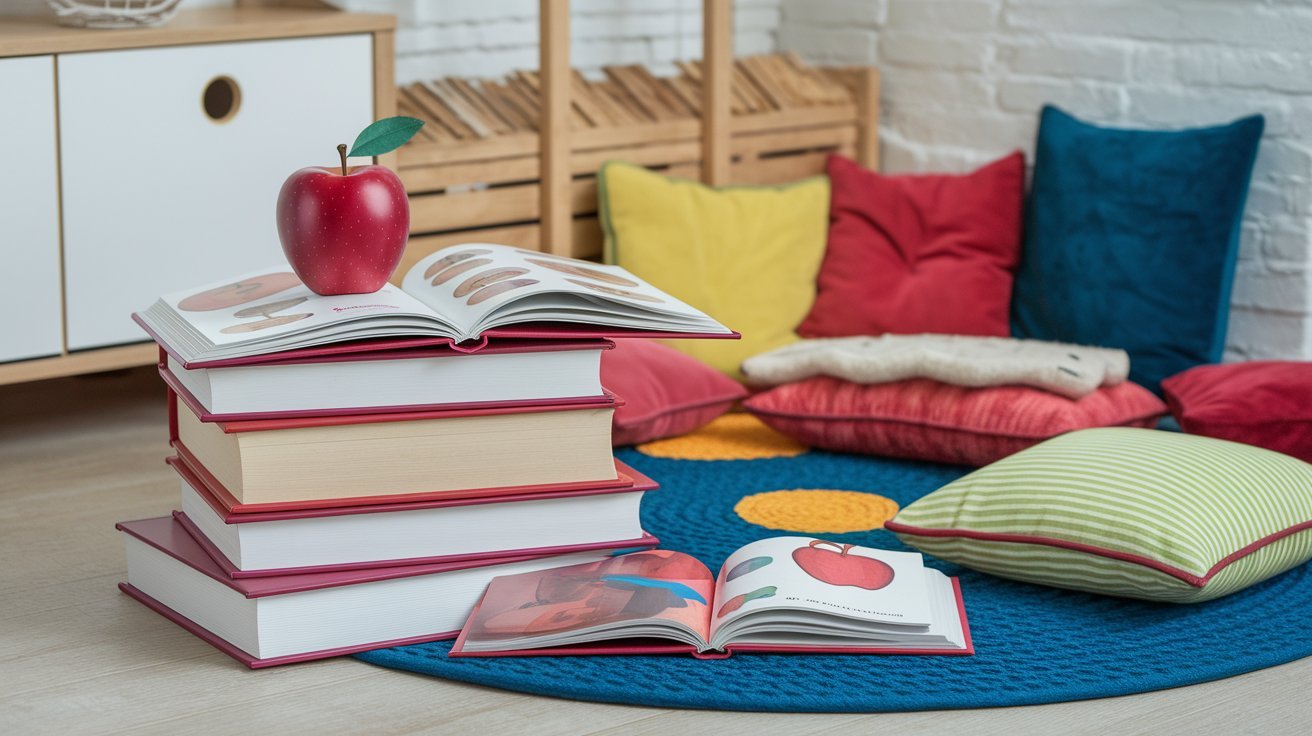
Stories bring Johnny Appleseed to life better than facts alone. Picture books show his travels, chapter books explore deeper history, and folk tales add magical elements. Reading together creates shared knowledge and discussion opportunities.
Choose books matching your students’ levels. Younger kids enjoy colorful illustrations and simple text, while older readers appreciate historical accuracy and complex narratives. Mix both types to appeal to different learning styles and reading abilities.
After reading, ask questions that build comprehension. Why did Johnny plant apple trees? How did people react to him? What would you do if you met him? These discussions help children process information and connect stories to their own lives.
Apple Kindness Activity (Anti-Bullying Lesson)
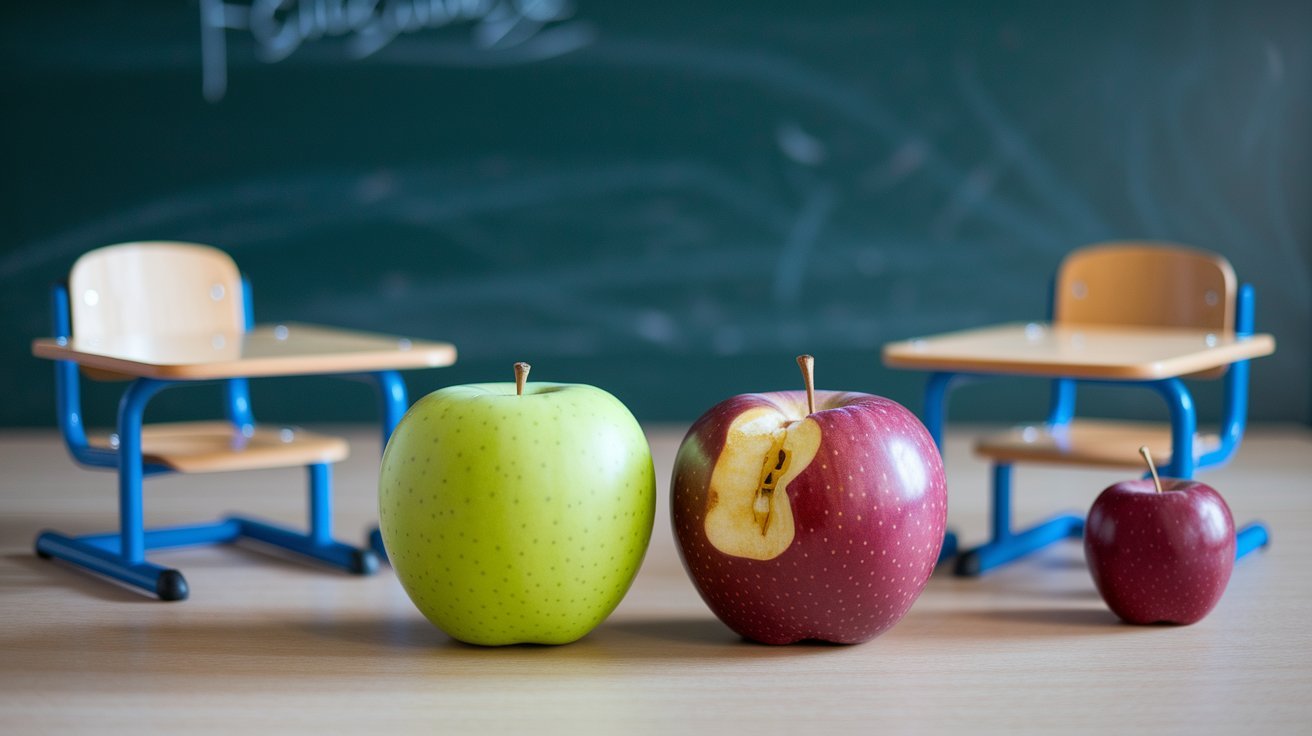
This powerful demonstration shows how words affect others. Take two apples that look identical. Pass one around gently while saying kind words. Drop, bump, and say mean things to the other apple while students watch.
Cut both apples open to reveal the difference. The kindly treated apple looks normal inside. The mistreated one shows bruising and damage despite looking fine outside. This visual metaphor teaches how bullying hurts people even when we can’t see the damage.
Follow up with a kindness challenge. Students write nice notes to classmates, perform helpful actions, or share compliments. Track these good deeds on an apple tree display, adding paper apples for each kind of act. Johnny Appleseed’s generous spirit lives on through these behaviors.
Apple Taste Test Activity
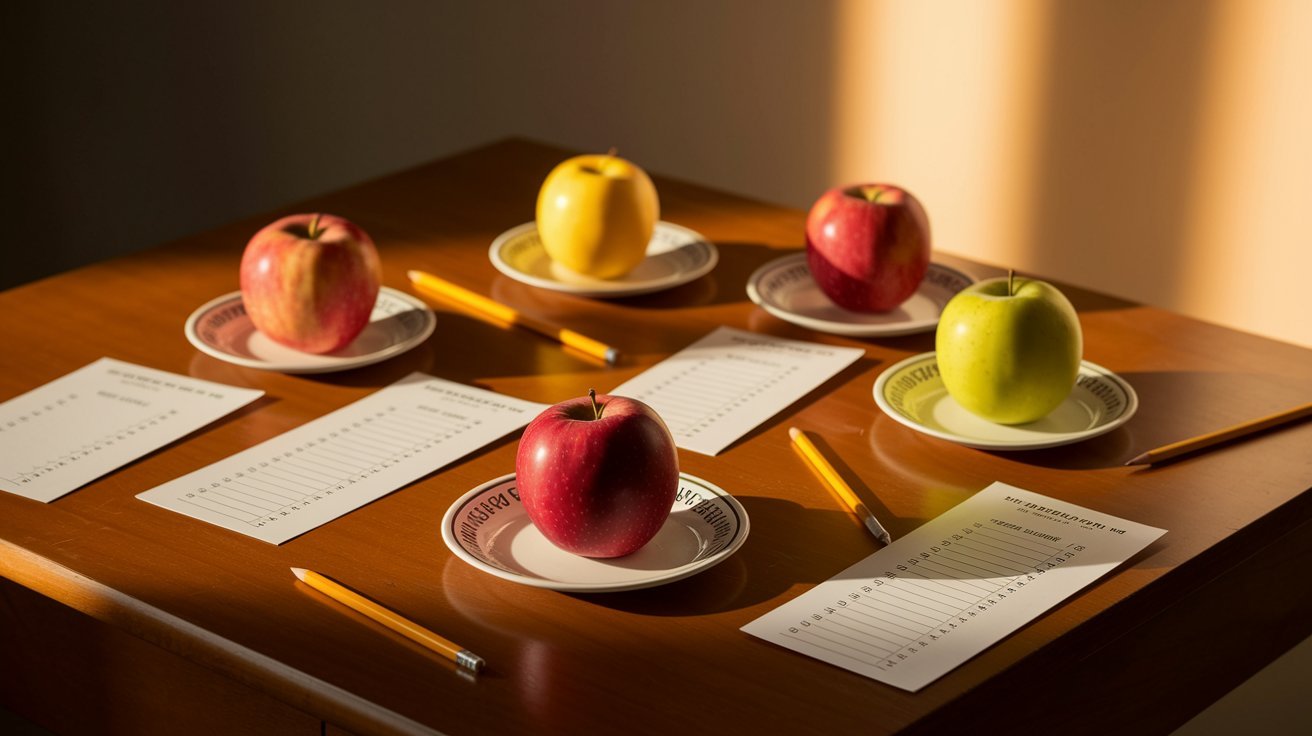
Turn snack time into a fun taste-testing experiment. Offer students slices of different apple varieties, sweet, tart, and crispand let them explore the unique flavors and textures. Provide simple charts for them to record words like “juicy,” “sour,” or “crunchy.”
Encourage kids to vote for their favorite and discuss why they liked it. This builds vocabulary, introduces descriptive writing, and gives practice in expressing opinions with evidence. Plus, it makes trying healthy foods exciting and interactive.
Wrap up the activity by connecting it to Johnny Appleseed’s mission of planting apple trees for communities. Students see how apples bring people together, making history feel personal and relevant through their own experience.
Classroom and Homeschool Johnny Appleseed Activities
Transform your learning space into an apple-filled laboratory of discovery and creativity.
Math with Apples
Bring several apple varieties to class and let students measure everything. They can use rulers for height, string for circumference, and scales for weight. Recording data in charts teaches organization while reinforcing measurement units. Kids see that math exists outside textbooks.
Seed counting offers surprising math practice. Cut apples horizontally to reveal the star pattern, then have students count seeds in each apple. Graph the results as a class. Most apples have 5-10 seeds, but some surprise you with more or fewer. This variation teaches data range and averages.
Create word problems using real classroom data. “If we have 24 students and 6 apples, how many slices does each person get?” Suddenly, division makes sense because it connects to snack time. Practical application helps mathematical concepts click for students who struggle with abstract numbers.
Science and Search Activities
The apple boat experiment is just the beginning. Try oxidation experiments by cutting apples and treating slices differently: one with lemon juice, one with water, and one untouched. Students observe which browns fastest, learning about chemical reactions and preservation.
Study pollination by examining apple blossoms (in season) or watching videos of bees at work. Explain that every apple exists because a bee or butterfly visited a flower. This connection between insects and food helps kids understand ecosystems and why we protect pollinators.
Make apple-scented playdough using flour, salt, water, and cinnamon. Or create apple slime with glue, borax, and red food coloring. These sensory activities teach states of matter while engaging tactile learners. The apple theme keeps everything connected to your Johnny Appleseed unit.
Reading and Writing Activities
Start with classic Johnny Appleseed books that separate fact from legend. “Johnny Appleseed” by Reeve Lindbergh offers beautiful illustrations and gentle storytelling. Older students might read chapter books that dig deeper into historical context and westward expansion.
After reading several versions, students can create their own tall tales. What if Johnny Appleseed planted different trees? What modern problems could he solve? Creative writing exercises let kids play with narrative structure while practicing composition skills. Share stories aloud to build confidence.
Integrate non-fiction reading with Apple Science articles. Short passages about apple varieties, growing seasons, or nutritional benefits build research skills. Have students compare information across sources, noting what different authors emphasize. This critical reading prepares them for the academic work ahead.
Apple-Themed Arts and Crafts
Apple stamping never gets old because each print looks unique. Try different paint colors, red, green, and yellow, to show variety. Stamp onto fabric to create placemats or gift bags. The simple technique produces impressive results that boost artistic confidence for all skill levels.
Yarn-wrapped cardboard apples teach fine motor control. Cut apple shapes from cardboard, punch a hole at the top, then let students wrap red or green yarn around them. Add a brown pipe cleaner stem and a paper leaf. These decorations look adorable hanging in windows or on autumn displays.
Paper plate apple trees combine multiple skills. Students paint plates brown for trunks, then glue on green construction paper leaves and red pom-pom apples. This craft reinforces plant structure while creating three-dimensional art. Line them up to create an orchard bulletin board display.
Conclusion
Johnny Appleseed not only planted trees; his ideas grow even today. The very smallest action that shapes all of the world is each seed’s own reminder. Kids see to it that their efforts can truly matter. By these efforts, the world is also affected.
When we celebrate children, we connect them with history, with science, and with values lasting through a lifetime. Stories shape reality and join people because active tasks, like stamps, let kids use art, color, and dreams.
You can start small, then build up from there. Maybe you should attempt one easy project or share a book. Inspiring as well as fun, the story about Johnny Appleseed is quite flexible. It lets them learn and imagine, and connect in ways that your kids will remember after the apples are all gone.
Frequently Asked Questions
What Are the Best Johnny Appleseed Activities for Preschoolers?
Apple stamping, bobbing for apples, and simple counting activities work great for young children. Focus on sensory experiences like touching different apple textures, smelling cinnamon, and tasting apple slices.
Can Johnny Appleseed Activities Work Year-Round?
Absolutely! While September fits naturally with the apple harvest season, these activities adapt to any time. Use the historical and kindness lessons whenever they fit your curriculum. Science experiments and math activities work regardless of the season.
How Do I Connect Johnny Appleseed Activities to Standards?
These activities align with multiple educational standards across subjects. Math activities cover measurement and data. Science experiments teach the scientific method and life cycles. Reading activities build literacy skills.
What If Students Have Apple Allergies?
Substitute other seasonal fruits like pears or pumpkins for hands-on activities. Focus more on the historical Johnny Appleseed story, character lessons, and non-food crafts. Many activities like reading, writing tall tales, and discussing kindness.
Where Can I Find Free Johnny Appleseed Activity Resources?
Teacher websites, Pinterest, and educational blogs offer free printables and lesson plans. Your local library likely has Johnny Appleseed books you can borrow. Many teachers share successful activities online, creating a community of resources. Start with simple searches and adapt ideas to fit your specific classroom needs.
